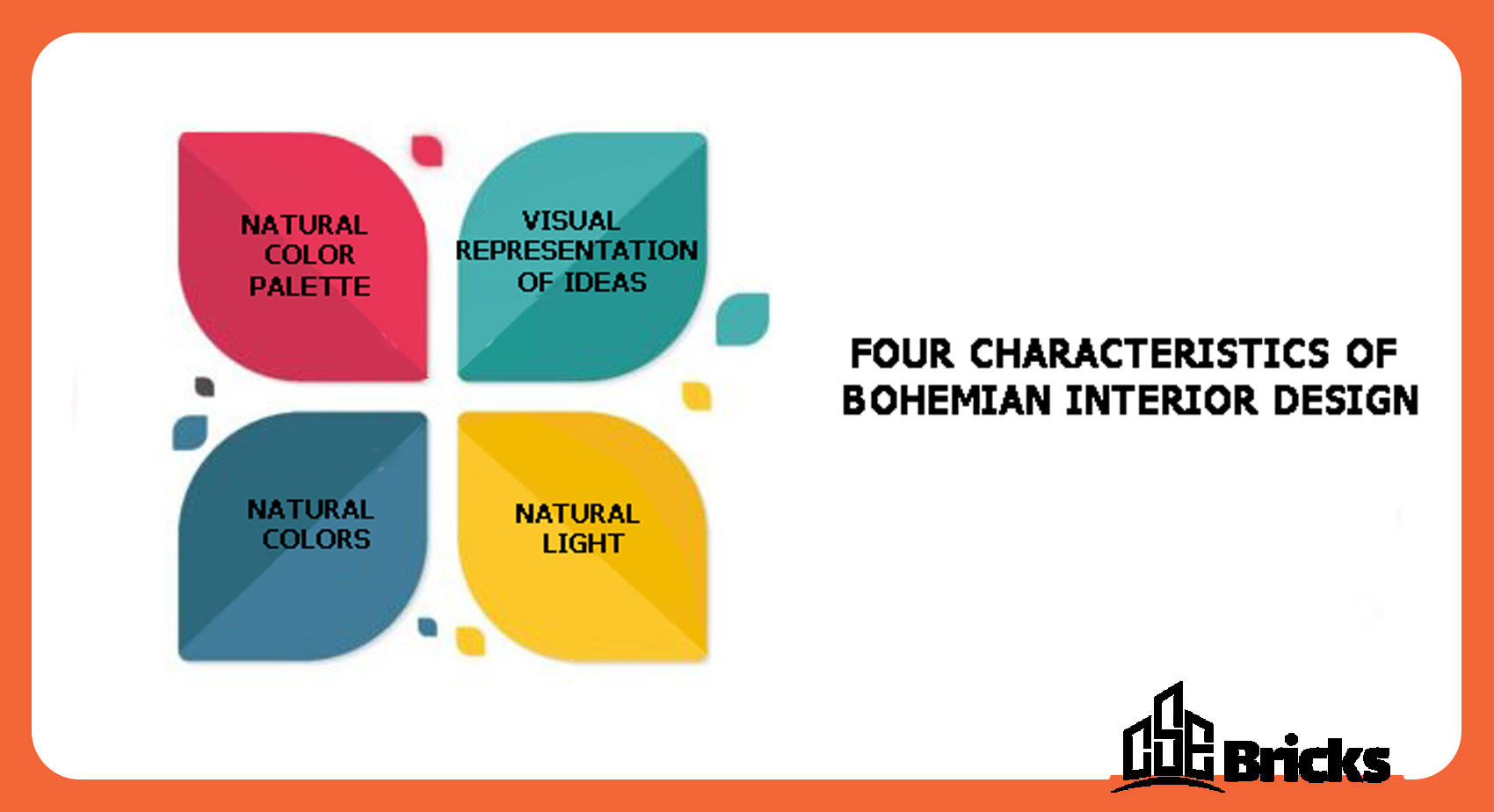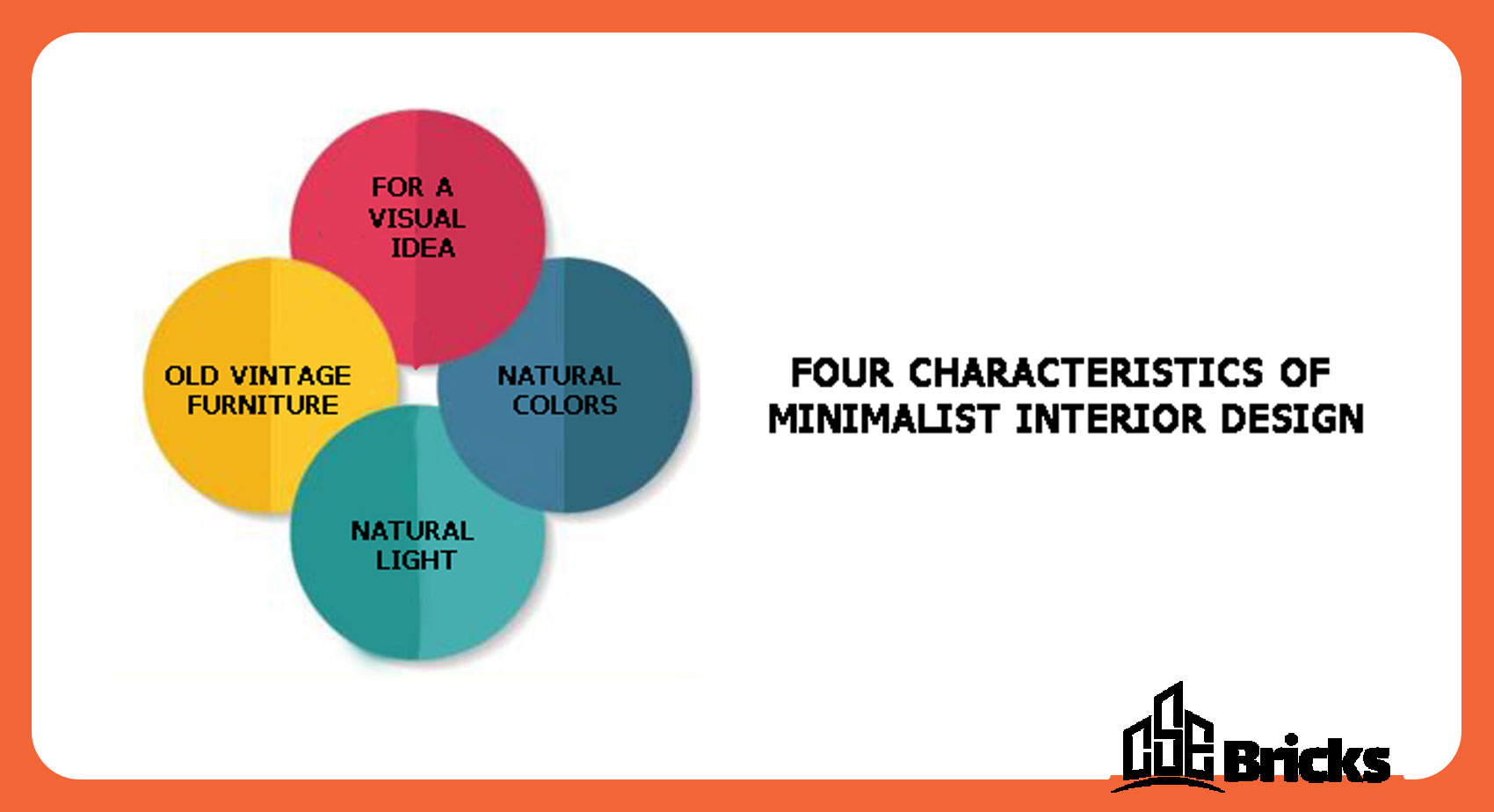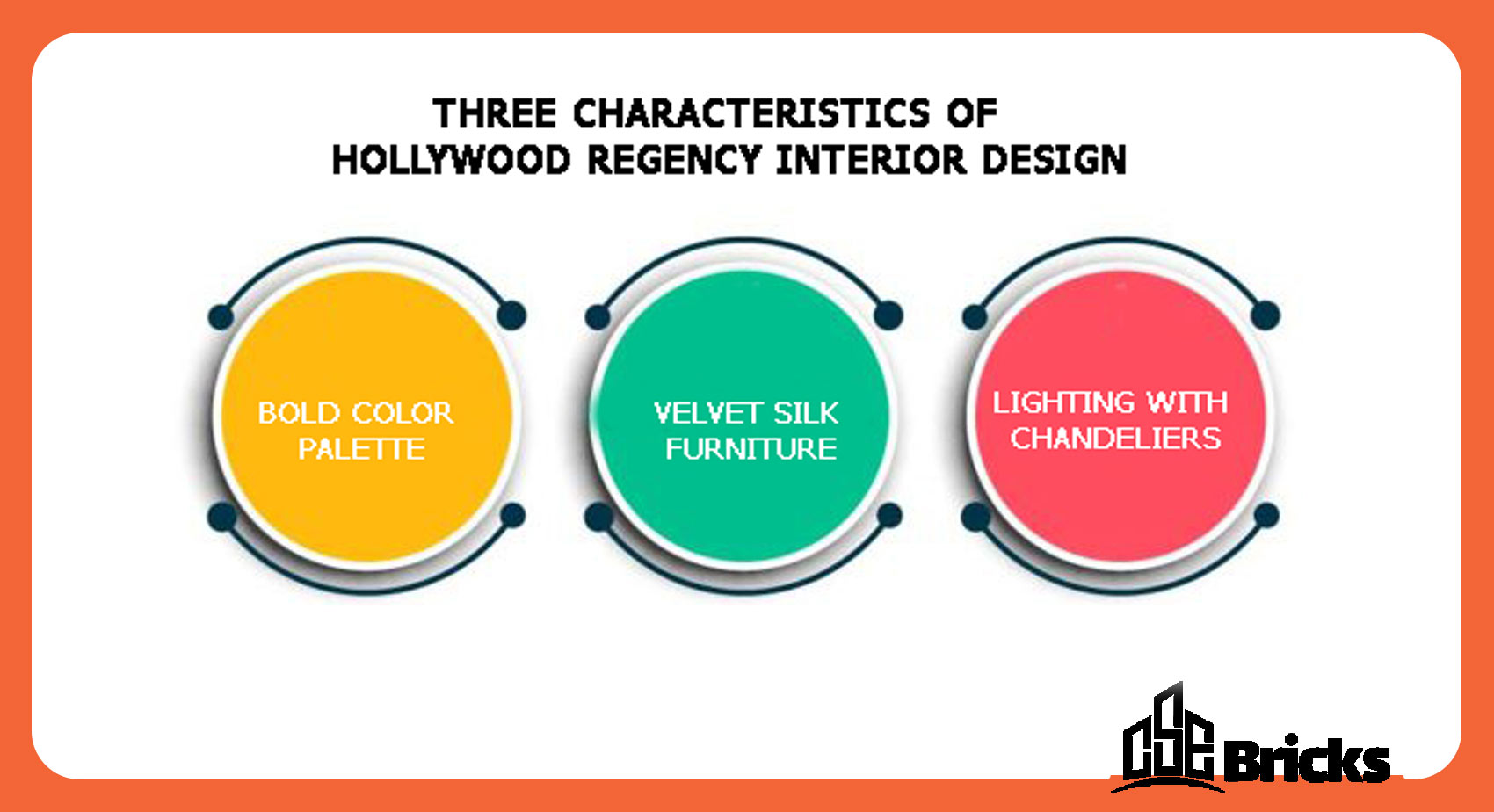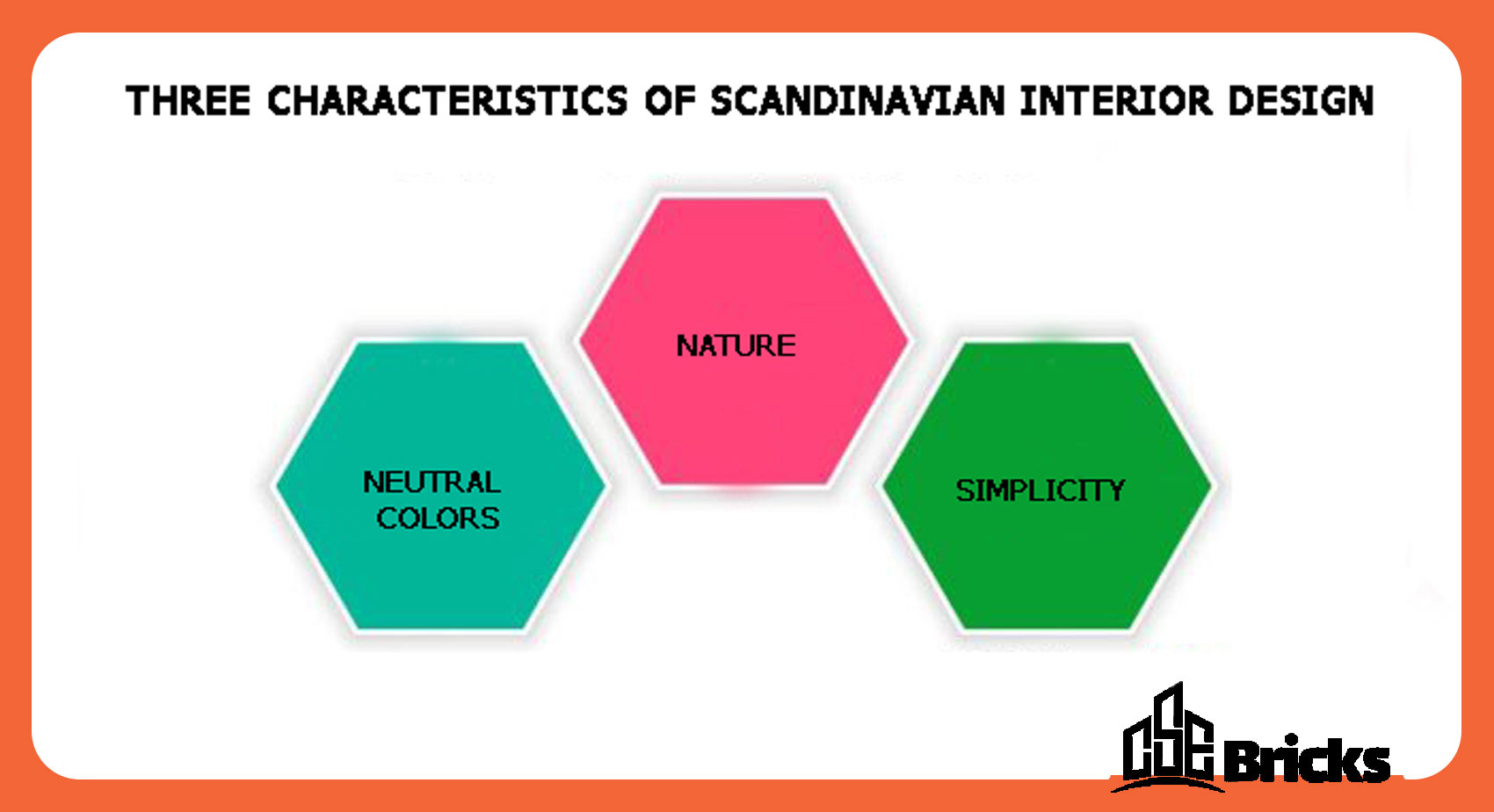المدونة
Home Interior Decoration
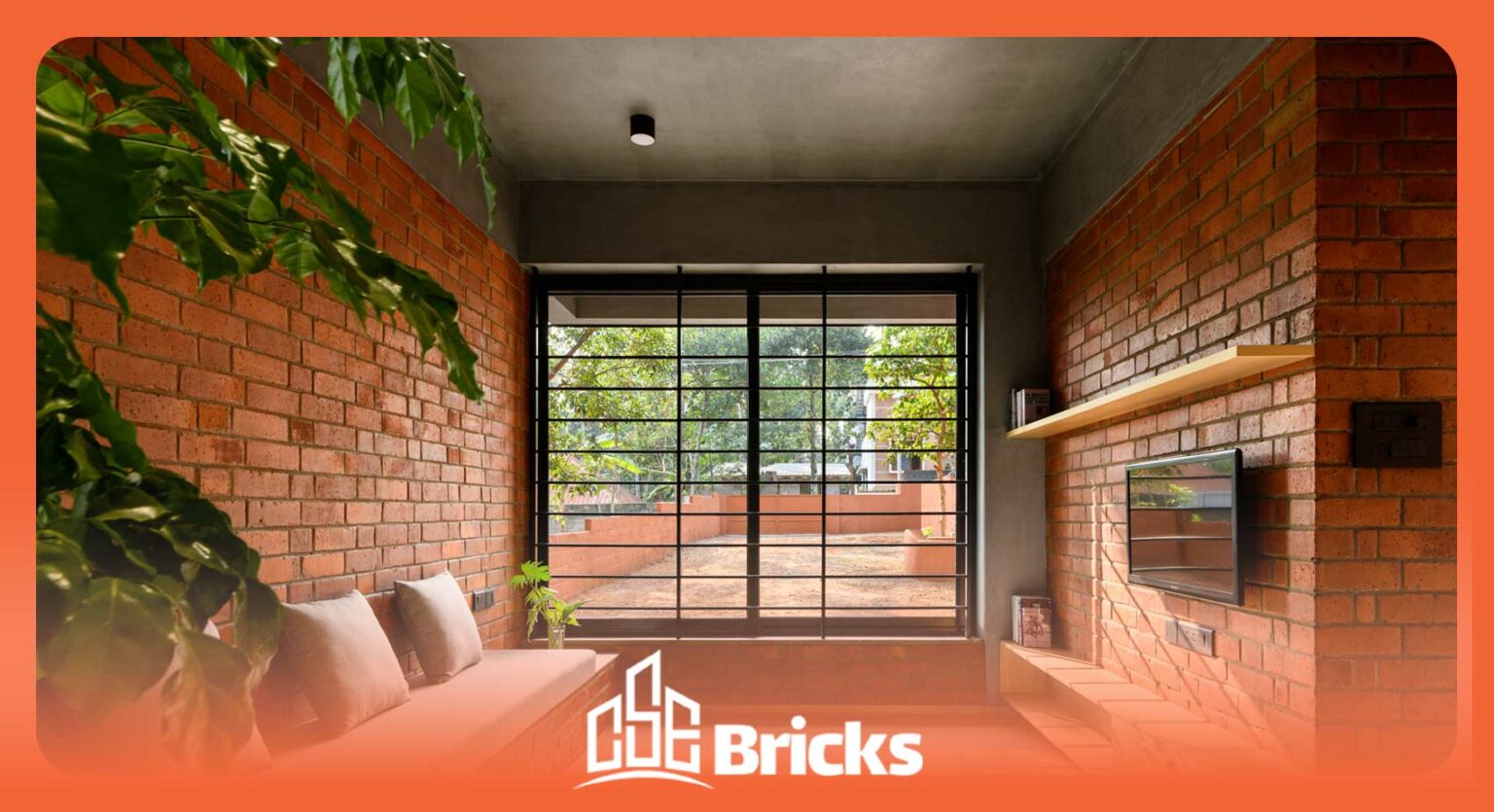
Home Interior Decoration
Introducing 10 Popular and Attractive Interior Design Styles
Interior decoration is of great importance for designers and home renovators, as they need to be familiar with all popular interior design styles to meet the needs and desires of their clients. Often, clients do not even know the specific design style they want. The truth is, each interior design style is distinct from the others. This is where your knowledge and expertise in different interior design styles come in handy, helping you identify the client’s preferred design style after discussing with them and reviewing the inspirational images they’ve gathered.
Types of Interior Design Styles Around the World
Modern Interior Design
This design is an interior design style that emerged in the early 20th century and continues to inspire contemporary interior designers. Modern design is characterized by a monochromatic color palette, clean lines, minimalism, natural materials, and natural light. This style of interior العمارة specifically refers to a historical aesthetic movement that occurred in the early 20th century and continued until the mid-20th century. Although it is often confused with contemporary design or used interchangeably, modern design has its own distinct style. The modern design style is very specific, founded by the famous German-American architect Ludwig Mies van der Rohe.
Five Characteristics of Modern Interior Design
-
Clean Lines:
Modern homes are built with clean, straight lines and minimal decorations.
-
Minimalist Decor:
this interior design prioritizes function over fashion. Modern spaces are free from clutter and unnecessary decorations.
-
Neutral Colors:
The color palette of modern design is monochromatic, neutral, and earthy.
-
Open Floor Plan:
In modern decor, furniture is used instead of walls to distinguish between spaces in an open floor plan home. For example, an island in the kitchen can separate the kitchen from the dining area, and a sectional sofa can define an open living room.
-
Furniture Style:
Using simple furniture in this design style can give your home a modern look. Leather, fabric, and wooden coverings (like those used to create the mid-century modern Eames classic chair), as well as glass, chrome, and steel, are also popular finishes for modern furniture.
Traditional Interior Design
Traditional interior design is a timeless yet elegant and classy choice that never goes out of style. Moreover, it can give almost any interior space a sense of sophistication. Therefore, if you are interested in antiques and classic designs, traditional interior design might be the perfect choice for your home!
Seven Characteristics of Traditional Interior Design
-
Elegant Furniture with European Inspiration:
Traditional furniture, such as chairs, sofas, and tables, often features dark wood tones, elaborate carved details, tufted buttons, and eye-catching curved lines.
-
Natural Materials:
In traditional homes, you will see many natural materials, especially wood. Wool, cotton, linen, silk, and leather are commonly used in interior decoration.
-
Architectural Details:
Decorative woodwork constitutes most of the architecture in traditional rooms.
-
Functional and Comfortable Rooms:
Traditional rooms should evoke a sense of calm and homeliness despite their elegance and formality. Room design in this style is comfortable and functional, often painted in a base and calming color palette.
-
Diverse Color Palette:
Traditional interior design usually features muted and neutral walls, but art and decorative items can add beautiful colors, such as red and green, to this style of decor.
-
Bright Lighting Features:
Bright lighting features, like crystal chandeliers, silver candlesticks, and beautiful lampshades, are essential in traditional interior design.
-
Eye-Catching Details:
One of the standout elements of traditional design style is the attractive and ornate details seen in cabinets, lamps, and even chair legs.
Contemporary Interior Design
Contemporary interior design is generally considered an evolving trend in architecture, which moves interior spaces toward simplicity and elegance through clean lines and neutral color palettes, and relies heavily on materials like metal, glass, and polished stone. While we may often confuse modern interior design with contemporary style, and although they have similarities, contemporary home decor is quite different from modern style. Characteristics of Contemporary Interior Design Characteristics of Contemporary Interior Design
Eight Characteristics of Contemporary Interior Design
-
Uncluttered Spaces
In contemporary design, everything is about minimalism and neutrality. The idea is to keep everything sleek and simple while still being visually appealing. In a contemporary home, you will see plenty of uncluttered surfaces and empty spaces. Designers are not afraid to leave open spaces.
-
Open Floor Plans:
When planning a small contemporary space, you should opt for an open floor plan. An open floor plan not only makes an area feel larger but also allows families with children or pets to keep an eye on the entire room while cooking or cleaning.
-
Simple and Geometric Shapes:
Simple and geometric shapes are fundamental elements of contemporary interior design. Clean lines with minimal decoration and clutter are more prevalent in contemporary decor.
-
Marble Kitchens and Bathrooms:
Marble is one of the most expensive and luxurious building materials that is highly favored in contemporary interior design.
-
High Contrast Colors:
Using contrasting colors can create a contemporary feel or give a modern touch to the interior.
-
Minimalist Furniture:
When selecting furniture and decor for minimalist design, consider simple shapes and colors. Monochromatic furniture looks great in this style of interior decoration, adding visual appeal while maintaining simplicity.
-
Floor-to-Ceiling Glass Windows:
Glass walls are a stylish and practical way to divide interior spaces. These windows and glass walls allow natural light to flow more easily through the home, which is a positive aspect for homeowners who prefer not to turn on lights every time they enter a room.
-
Recessed Lighting:
Recessed lighting is a crucial element in contemporary interior design. Recessed lights are built into the ceiling and provide an excellent way to add ambient light to a room without taking up table or floor space.
Industrial Interior Design
The industrial home design style is inspired by the repurposed factories of the Industrial Revolution. It features exposed architectural elements such as pipes, bricks, interlocking blocks, concrete, and a minimalist design philosophy. This interior design style also includes Edison bulbs, open floor plans, and a cold, neutral color palette.
Seven Characteristics of Industrial Interior Design
• Neutral Color Palette:
Unlike other minimalist designs that simply use shades of white, industrial decor uses a range of white, gray, black, and neutral browns.
• Use of Natural Light:
Industrial decor typically features large natural windows with black frames that sometimes have a grid pattern.
• Visible Architectural Materials:
The industrial style usually includes open floor plans and high ceilings. Instead of using painted walls or wallpaper, it features exposed brick walls, concrete floors, visible industrial pipes, and ducts.
• Repurposed Items:
Wooden coffee tables with caster wheels, bookshelves made from repurposed materials, and repurposed dining tables are key elements of the industrial style and a great way to incorporate natural elements with heavy metal materials.
• Lighting Fixtures:
Edison bulbs, whether hung individually or in decorative clusters as chandeliers, are common elements in industrial home decor.
• Graphical Lines:
The use of graphical lines is very common in industrial interior design. This style of architecture often features lines and patterns that are spiral and graphical.
• Use of Natural Fabrics:
Fabrics like leather or linen are suitable options for both furniture and curtains in this style of interior decoration.
Transitional Interior Design
Are you a traditional person or a modern one? Or maybe your taste lies somewhere in between? If you feel that your preference is between these two styles, it might be time to choose transitional interior design for your space. Transitional interior design is a combination of traditional and modern styles. By combining elements from different design styles, it creates a unique design that updates classic style with a cohesive and modern feel.
Six Characteristics of Transitional Interior Design
-
Wall Colors:
In this style, walls are without bold patterns, and natural earthy colors or natural wall coverings such as wooden panels or bamboo curtains are used for painting the walls.
-
Wooden Flooring:
The transitional style relies on traditional wooden flooring and minimalist textiles. Textured natural wood highlights the traditional look, which easily blends with other modern features of your home.
-
Windows:
White, light beige, and warm neutral colors are usually the best choices for window treatments. Windows inspired by the transitional style feature cream-colored trims and antique-style architectural features below the windows.
-
Mixed Furniture:
Transitional interior decoration combines modern, traditional, and casual furniture. This style is considered an updated version of classic design. Angled furniture arrangements, such as L-shaped sectional sofas and round dining tables and chairs, perfectly define transitional decor.
-
Cabinets:
For the kitchen, stainless steel gray cabinets blend perfectly with modern home features. Transitional-style kitchens often have wooden floors, which are especially suitable for this cabinet color.
-
Lighting:
If you prefer a more natural feel, we recommend opting for wooden decor or a simple glass lamp that adds an unexpected twist to your home among traditional furniture. On the other hand, if you want something bolder and unique, perhaps a modern lamp with a drum shade would be the best option.
Rustic Interior Design
This interior design represents a natural, rugged, old, and informal style. Rustic style has a broad category and encompasses a wide range of variations in different styles, including Tuscan, coastal, cottage, and modern rustic. In this style, all items are used organically and evoke a sense of the past when people repurposed items or made them from scratch. Most things came directly from the earth and therefore have an organic and rustic nature.
Four Characteristics of Rustic Interior Design
• Raw and Natural Materials:
This style features the use of natural materials, including natural wood, tile or stone flooring, wooden beams in the ceiling, exposed brick walls, and wooden frames for doors or windows (for smarter buying decisions, you can refer to the article on selecting bricks).
• Wooden and Antique Furniture:
Large furniture pieces are commonly used in rustic interior design. Integrating furniture made from reclaimed wood with antique pieces adds visual appeal and a cozy, beautiful rustic charm to your space.
• Textured and Organic Fabrics:
Once your furniture is in place, natural, unpatterned, and textured fabrics are suitable options for curtains and rugs in rustic design, bringing warmth and rustic comfort to your space.
• Use of Matte Metals:
It’s better to avoid shine and gloss in rustic style. Instead, when selecting lighting fixtures and hardware, choose matte metals. For example, repurposed metallic and industrial hardware gives an older feel.
Bohemian Interior Design
Bohemian interior design can breathe new life into any space and elevate the energy of the desired area with its creative and eclectic aesthetics. The Bohemian style is almost always popular and versatile enough to suit any space. This design style can be used anywhere, regardless of any taste or preference.
Four Characteristics of Bohemian Interior Design
-
Visual Expression of Ideas:
The main idea in Bohemian style is to visually tell a story of where you’ve been and what you love. Common elements of Boho style include natural items such as potted plants, stones, feathers, nests, and rustic stoneware.
-
Natural Color Palette:
Classic Bohemian design uses a plethora of colors, while a more modern Boho style focuses on neutral and earthy tones. Jewel tones like sapphire, emerald, ruby, and amethyst can be inspiring colors in this style.
-
Natural Light:
In Bohemian style, windows are left bare or minimally adorned to allow sunlight to enter and ensure the essential element of nature is always present in the space.
-
Furniture Style:
This style features second-hand/antique furniture, plush velvets, and saturated colors.
-
Minimalist Interior Design
Minimalist interior design is very similar to modern interior design and involves the use of simple essentials to create a clean and uncluttered space. This style is characterized by simplicity, clean lines, and a monochromatic color palette. It usually combines an open floor plan, ample lighting, and functional furniture, focusing on a handful of essential elements.
Four Characteristics of Minimalist Interior Design
-
Empty Essentials:
The minimalist approach uses only essential elements without excessive decorations. The few details used are not intricate and blend harmoniously with the environment. These details might take the form of a single piece of artwork adorning the living room wall or a beautiful vase placed atop the dining table.
-
Furniture:
Minimalist furniture and accessories focus on functionality and practicality.
-
Clean Lines:
Patterned furniture or overly detailed accessories are not applicable in this interior design style. Instead, the focus is on simplicity and the shape of the objects. Transparent and clean surfaces, bare walls with minimal artwork, and decluttering are essential to create a minimalist space.
-
Monochromatic Palette:
The use of a monochromatic color scheme consisting of white, beige, and gray is a hallmark of minimalist design spaces.
Hollywood Regency Interior Design
The Hollywood Regency style originated in mid-20th century California, inspired by the luxurious homes of movie stars. The use of pink, turquoise, yellow, emerald green, black, and white is the most prominent hallmark of this style. This glamorous Hollywood interior design is defined by open layouts, high-contrast color palettes, and dramatic combinations. Beautiful lines and details and sharing that beauty with others are key aspects of Hollywood Regency design. Black and white are popular bases for the color palette, often paired with jewel tones or bright colors.
Four Characteristics of Hollywood Regency Interior Design
-
Lighting:
When it comes to lighting, the Hollywood Regency style showcases light with a chandelier. Therefore, a gold pendant in the center of the room is a suitable option for this decor.
-
Furniture Style:
This style of interior architecture uses furniture with velvet, Victorian, silk, and satin fabrics.
-
Clean Lines:
In this interior design style, patterned furniture or highly detailed decorations are not used. Instead, the focus is on simplicity and the shape of the objects. Transparent and clean surfaces, bare walls with minimal artwork, and decluttering are essential to creating a minimalist space.
-
Color Palette:
Bold colors, purple, red, turquoise, and gold are the colors used in Hollywood Regency interior design.
Scandinavian Interior Design
Scandinavian interior design is one of the most popular home styles in recent decades. This design style is known for its neutral color palette, earthy decor, and simple style. Scandinavian interior design is inspired by the decor of a group of countries collectively known as Scandinavia, including Sweden, Denmark, and Norway. This design style has a long history and gained international attention in the 1950s. It emerged around the same time as the modern movement in Europe and North America. Scandinavian style is a design approach with core ideas of simplicity, minimalism, and functionality.
Three Characteristics of Scandinavian Interior Design
-
Simplicity:
Scandinavian interior design is known for its simple and uncluttered aesthetics. This mindset and lifestyle allow people in the home to live without restrictions and free from any physical or mental distractions.
-
Nature:
Scandinavians value their deep connection with nature, so you will see plenty of natural materials in Scandinavian interior design.
-
Neutral Colors:
One of the most important features of Scandinavian interior design is the use of a neutral and light color palette.
?Which style would you choose for home interior decoration







